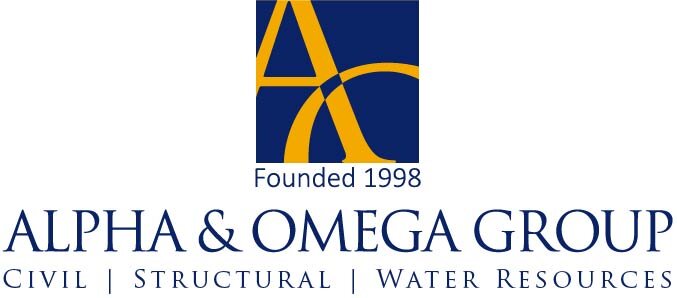EAPs: A Brief Introduction
/When we think of dam failures, large dams like the Hoover Dam and catastrophic disasters that wipe out entire towns usually come to mind. What we don’t tend to think of are the small dams connected to lakes or greenways that can wear away and flood our neighborhood. However, the small, local dams that exist behind subdivisions or as parts of parks or greenways can actually be more dangerous than the larger ones. In North Carolina, 86% of dam fatalities since the 1960’s have come from small dams. That’s why, companies like A&O strive to understand the reasons for the dangers and take the necessary steps to prevent both failures and loss of life.
hanging rock dam
Before we can prevent dam failures, we must consider why they occur in smaller dams more often than larger ones. One major reason is simply that owners of smaller dams often have no plan of action if there is a failure. Without a plan, people panic and can make critical mistakes that result in injury or death. What’s more, it’s not always easy to recognize an event when it is occurring. While some signs, such as a large leakage, might be obvious, an increase of erosion or even very small leakage might not be seen as a problem until the dam fails. For dams that can potentially cause loss of life or property damage, Emergency Action Plans (EAPs) help owners know the signs of a situation and guide them with information on who to call and what steps will need to be taken during an event.
merchant’s mill dam
In reality, an EAP is an evolving document that acts as a guide as well as a resource. It contains, most importantly, a step-by-step plan for how to proceed when faced with a list of different situations and levels of emergency. This list contains events like spillways being breached and even a bomb threat at the location. The event descriptions have instructions for who to call, prompts for important information to give emergency services, and what actions should follow the event. An EAP also includes contact information for local emergency services, businesses to help with lower-level problems, and the names and addresses of residents who need to be evacuated in case of an emergency. All of these elements come together to create a detailed plan for how to handle the different situations a dam owner can face.
north carolina musuem of art dam
In addition to offering a step-by-step guide, EAPs also help dam owners understand the severity of an event. Events are given classes based on their threat level and include a brief description of how to recognize that class of event. One reason dams fail is that even when owners notice something unusual, they do not realize how severe the situation is. An EAP rates each event as specific level of threat, from an abnormal event listed as Level 3, to a failure, classified as a Level 1. The different levels are placed together so that the progression from an abnormal event to a failure can be clearly seen. Using this method, there is less confusion and more time to act.
EAPs save lives. People who are under threat can be evacuated before a dam failure occurs, or a situation is identified before it progresses beyond a low-level threat. EAPs are so successful that in North Carolina there have been only four fatalities due to dam breaches since EAPs required for all dams with the potential to cause loss of life or property damage. We at A&O are proud to say that by helping to create and update EAPs during our 25 years of service, we have helped to prevent deaths and damages and we hope to continue to do so.
a dam located in wake county
If you are curious about our EAP work, please visit our pages describing the recent North Carolina Museum of Art EAP, the Wake County Dam EAPs, and the NC State Park Dam EAPs.
If you are a dam owner, and interested in learning more, please contact us about inspections and ask if an EAP would help you.









